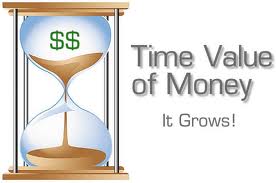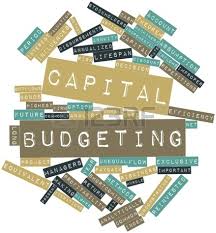In a developing country like India, savings have generated a topic of discussion among policy makers and economists. In spite of other macroeconomic factors like inflation, consumption, etc being there, savings have always been a major determinant in the growth of the country. The neo-classical growth theory also states that savings are an integral part of the economic process of a country. Growth is an integral part of a country’s development. Since the growth in some of these economies is often considered resource intensive rather than technology intensive, savings are likely to play a very important role in promoting real growth. According to a number of studies undertaken, savings in most cases have a positive effect in the growth of a nation.
Growth models emphasizing capital accumulation (Solow and AK models), tell us that higher savings rates lead to growth because higher savings imply higher capital investment. Though, the endogenous growth theory states that the growth of the economy also depends on endogenous factors like innovation, human capital and knowledge. Talking about personal savings, according to the life cycle hypothesis, savings are a major part of an individual’s life cycle.
According to, Franco Modigliani people save—accumulate assets—to finance their retirement, and they dis-save—spend their assets—during retirement. The more young savers there are relative to old dis-savers, the greater will be a nation’s saving rate. The life cycle hypothesis stated that a higher rate of growth means higher level of savings, indicating a bi-directional relationship. According to studies, we gathered that countries with higher saving or investment rates have tended to have higher growth rates (see Levine and Renelt, 1992, for a review). This finding has been interpreted as being consistent with either the traditional Solow (1956) growth model, in which higher saving leads to higher level of income per capita in steady state (and thus to higher growth rates on the transition path), or with the “new growth models” of Romer (1987) and others in which higher saving leads to a permanently higher rate of growth. Government policies are also a major determinant of the savings and growth in a country. It is the policymakers who have to ensure a steady level of savings for the growth of the country’s economy. The growth of a country is in the hands of its people, but the government has to ensure that the growth remains steady and that the people save enough to make the country economically better.
Click here for government certification in Accounting, Banking & Finance





5 Comments. Leave new
Good effort!
Good work…!
Nice article
Informative
Great effort!